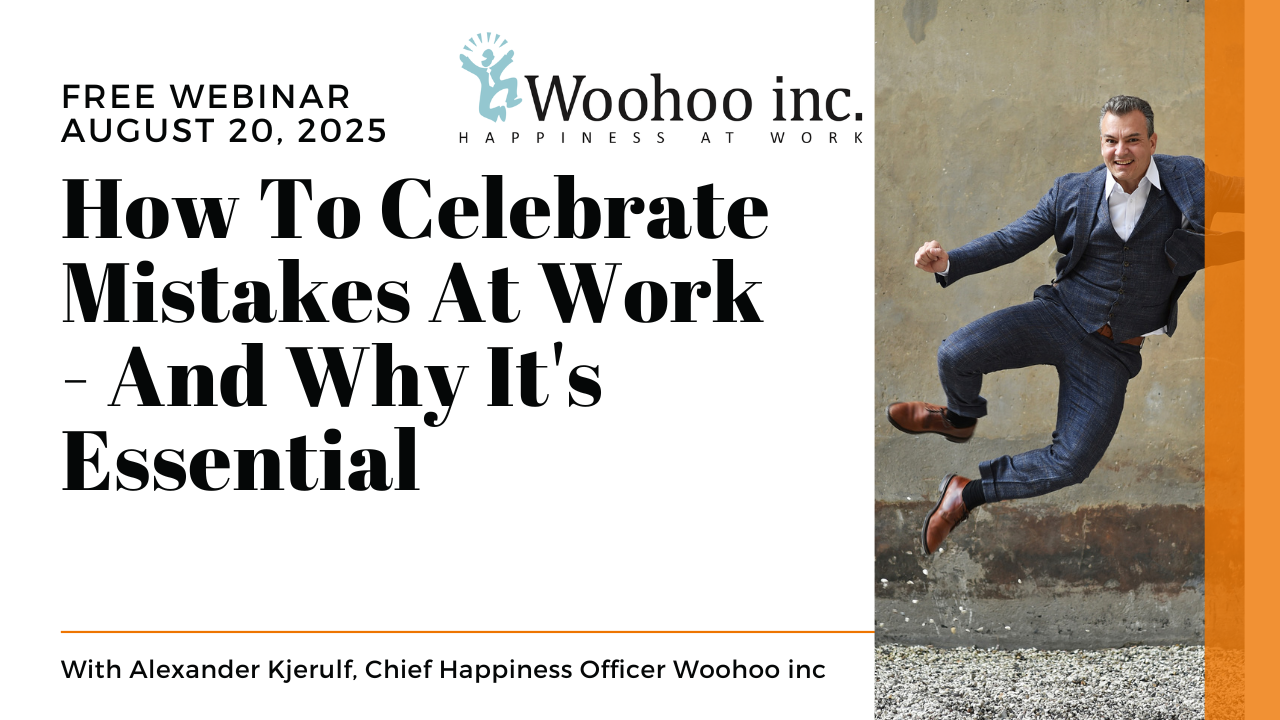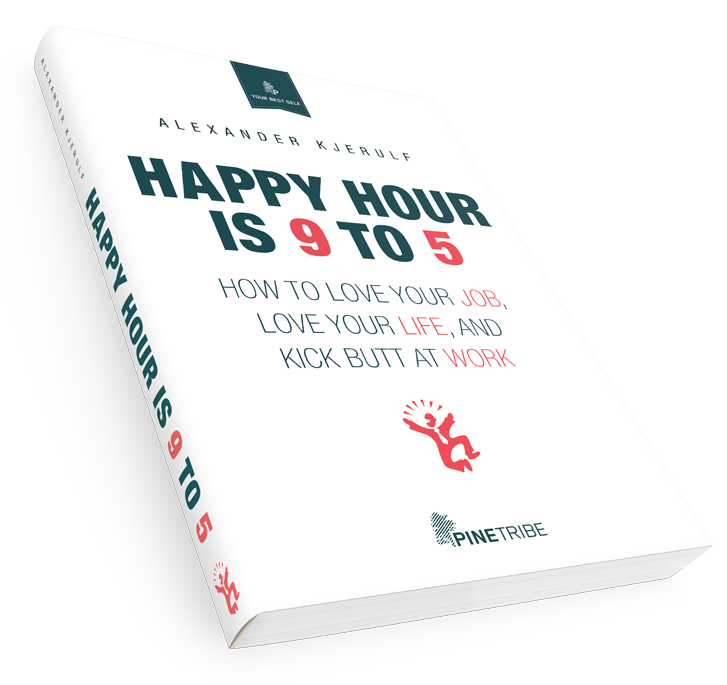
I rarely go into politics or public policy on this blog, but I’m going to make an exeption today.
I’ve been following the US debate on health care pretty closely and the biggest issue currently in play is whether or not the US government should offer health care in addition to the private insurance companies.
In the current US system, where there is no so-called public option, many people have health insurance through their workplace and this system has one serious often overlooked drawback, namely job lock:
Millions of Americans are in what’s called “job lock.” They can’t leave their jobs because they feel they can’t get the same health insurance benefits on their own or at the next job.
A new poll by NPR News, the Kaiser Family Foundation, and Harvard’s Kennedy School of Government shows that one out of four Americans has experienced job lock, in the last couple of years, or someone in their immediate family has. That’s despite legislation enacted six years ago to deal with the problem
In other words, you may hate your job but if you quit you and your family no longer have health insurance. This article looks at job lock in detail.
In Denmark on the other hand, we have pretty much the exact opposite: Health care is public and paid for through our taxes. In addition, Denmark has a unique labor market approach called flexicurity.
Flexicurity means that on one hand it’s easy for companies to fire employees but on the other hand, you get very generous unemployment benefits, ie. 90% of your salary.
The drawback to this system is obvious: Very high taxes.
The advantages are many, though. First of all, the Danish economy has been doing very well. Even now, during the financial crisis, we’re doing better than most of Europe and unemployment is still below 5%.
From a standpoint of happiness at work, there is no doubt that the Danish system is best. When it’s easy and safe to quit a job there is much less risk in leaving a job you hate. Even if you choose not to quit, just knowing that you could makes things more bearable. Hating you job AND knowing that you can’t quit makes everything worse.
Even the fact that it’s easy to fire people increases happiness at work. Seriously! It means that companies can fire employees who don’t perform well or who don’t fit in.
In countries with very strong labour protection laws, it can be almost impossible to fire anyone – meaning that underperforming employees stay in their jobs and everyone else has to pick up the slack. Also, remember that unhappiness at work is highly contagious, so one unhappy employee can easily drag down the whole department.
So in my opinion (and I am NOT an economist, so take this with a grain of salt) the flexicurity model makes Danes happier at work – and as I’ve previously mentioned happy workplaces are more productive, innovative and profitable.
The American model on the other hand, makes people less happy at work and thus decreases productivity.
Your take
What do you think? Have you ever experienced job lock? What advantages or drawbacks can you see to the US or the Danish model?











